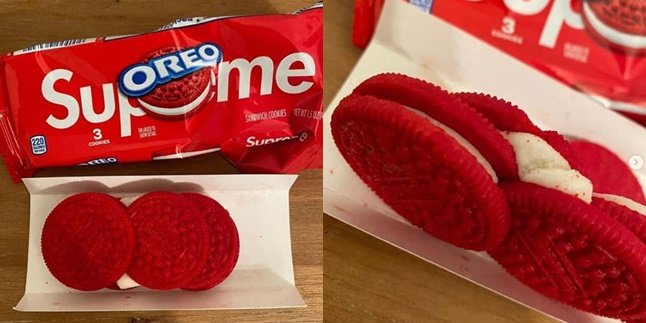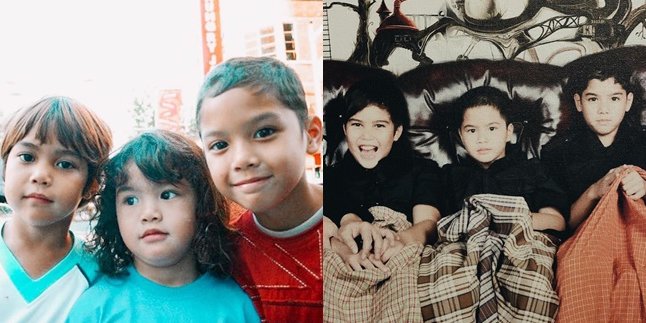Kapanlagi.com - The peak of the month of Ramadan is the celebration of Idul Fitri or Lebaran which is eagerly awaited by every Muslim. During Lebaran, various preparations are made from appearance to dishes. But there is something unique, where Idul Fitri is closely associated with the symbol of ketupat. Apparently, this symbol has a very meaningful history and philosophy.
The ketupat logo is indeed closely related to the celebration of Idul Fitri, which is usually found in various greeting cards. Apparently, the logo is inspired by the ketupat dish that is often present during Lebaran. Not only in Indonesia, ketupat is also found in various countries in Southeast Asia such as Malaysia.
Approaching the moment of Lebaran celebration, various impromptu traders appear to sell ketupat Lebaran. However, not in cooked form, but in the form of woven ketupat made from coconut palm leaves.
Lebaran without ketupat feels incomplete, that's what many people say. However, did you know that ketupat dishes actually have interesting facts based on history and meaningful philosophy.
So what are the interesting facts about Lebaran ketupat based on its history and philosophy?
Talking about the interesting facts of Lebaran ketupat based on its history and philosophy cannot be separated from the spread of Islam in the homeland. Below will be discussed the 7 interesting facts of Lebaran ketupat based on its history and philosophy which are summarized from various sources.
1. Introduced by Sunan Kalijaga
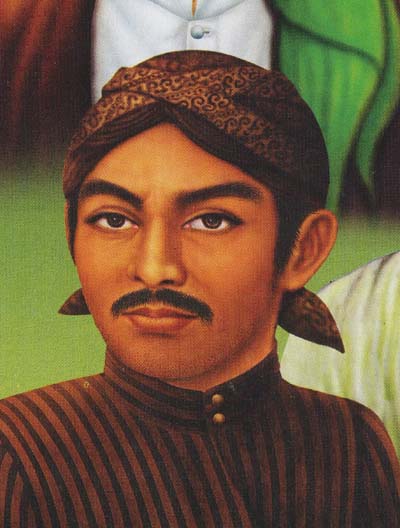
(credit: wikipedia.org)
Interesting facts about Ketupat Lebaran based on its history have actually existed since the Hindu-Buddhist era. This is inseparable from the great role of the Walisongo in the spread of Islam in the country.
Regarding the history, ketupat was first introduced by Sunan Kalijaga, who was one of the Walisongo in Java. The Islamic da'wah brought by Sunan Kalijaga is known for its local cultural approach or cultural assimilation, namely through Javanese traditions. This was done to attract people to embrace Islam.
One of them is ketupat, which has shifted its meaning as an Islamic tradition during Eid al-Fitr. From this dish, Sunan Kalijaga introduced two terms for Eid al-Fitr, namely Bakda Lebaran and Bakda Ketupat. Bakda Ketupat starts a week after Eid al-Fitr. During Bakda Ketupat, many people make woven crafts from young coconut leaves, shaped like a square with sharp corners at the top and bottom.
2. Meaning Behind Ketupat
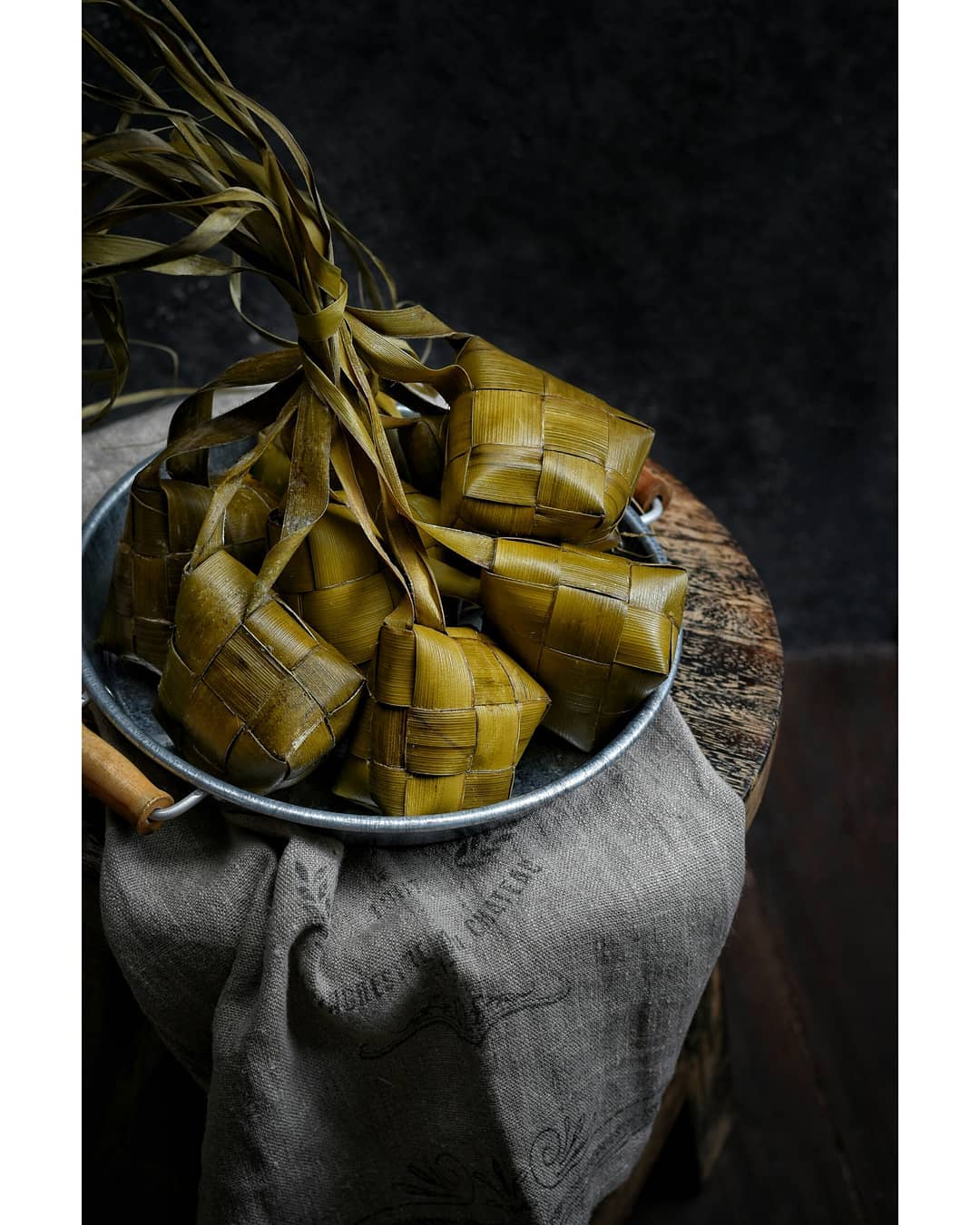
(credit: Instagram.com/Gina.yuliana/)
Based on Javanese philosophy, the presence of ketupat dish during Eid has a very special meaning. Ketupat itself is an abbreviation of the word "Ngaku Lepat" which means admitting mistakes. Some also say that ketupat comes from the phrase "Laku Papat" which means four actions.
Therefore, ketupat is not only a dish but also has a special meaning that is closely related to human actions, both in terms of the weaving of ketupat, the dish, and the filling of ketupat.
3. Weaving as a Symbol of Human Mistakes

(credit: Instagram.com/Nengsi_hariyanti/)
Interesting facts about Eid ketupat can also be seen from the intricate weaving of the ketupat wrapping. You may often observe the intricate wrapping made of young coconut leaves. But did you know that the intricate wrapping has a special meaning as human mistakes? Where human mistakes are depicted as the complex parts of the ketupat weaving.
4. The Symbol of Purity Ketupat Filling

(credit: cookpad.com)
The filling of ketupat, which is made of white rice and will look like white rice after being cooked, has a special meaning as a symbol of purity. When opening the ketupat, the filling of white rice can be seen, which is likened to the purity of the human heart because it has sought forgiveness for all mistakes during one year.
5. The Shape of Ketupat Reflecting Victory
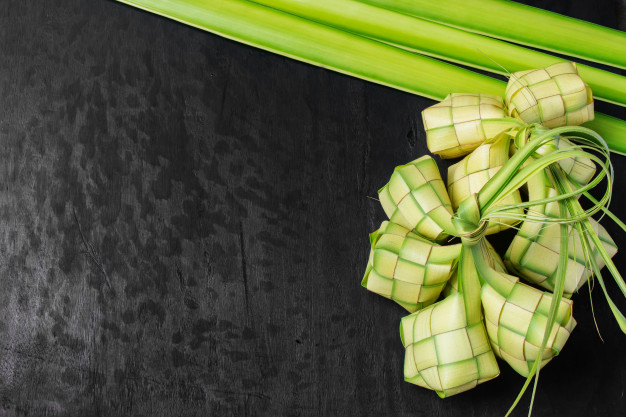
(credit: brilio.net)
Interesting facts about Lebaran ketupat based on its philosophy can also be seen from the perfect shape of the ketupat, which resembles a square with sharp angles at the top and bottom. In this case, the perfection of the ketupat is connected from one weave to another until it becomes perfect and without holes, which is a reflection of victory.
This victory means having successfully performed fasting for one month and being able to achieve victory on the day of Eid al-Fitr or Lebaran.
6. Apology Request Term
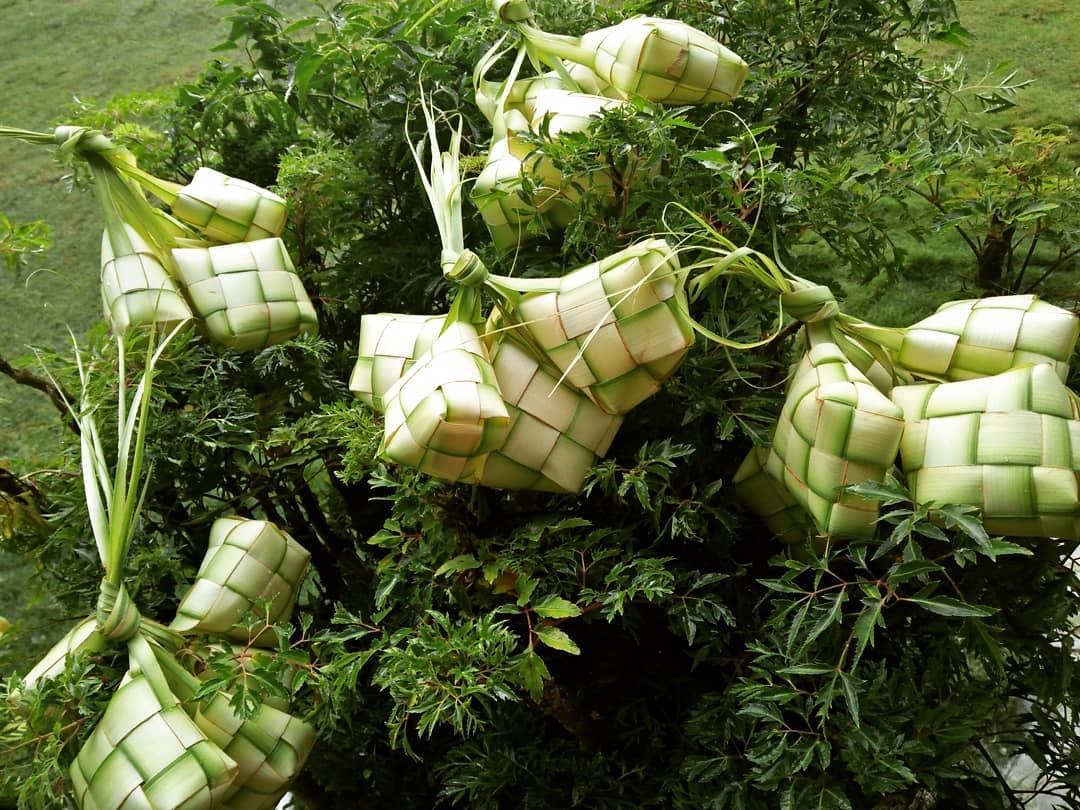
(credit: Instagram.com/Ummayyahtun_twins/)
The interesting fact about the next Eid ketupat is the existence of a term called "permohonan maaf" (apology request) which originates from the ketupat dish usually served with coconut milk. Hence, the term "Kupa Santen" emerged, meaning "Kulo Lepat Nyuwun Ngapunten".
Kupa itself means rice cake and santen is coconut milk in Javanese. However, in some regions, ketupat has different names such as Tipat in Bali, Ketupek in Minangkabau, and Atupato in Gorontalo.
7. Used as Protection Against Disaster
Apart from being a symbol during Eid, it turns out that ketupat is also used as a protection against disaster. Some people believe that hanging ketupat above the house door can ward off various disasters that may come. However, this belief is slowly fading away with time.
Those are the 7 interesting facts about Eid ketupat based on its history and philosophy. It seems that it is inseparable from the spread of Islam in Indonesia through cultural or cultural assimilation approaches.
(kpl/nlw)
Disclaimer: This translation from Bahasa Indonesia to English has been generated by Artificial Intelligence.








